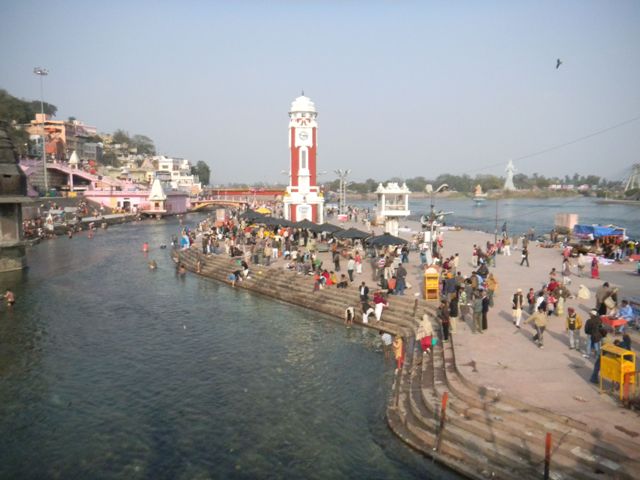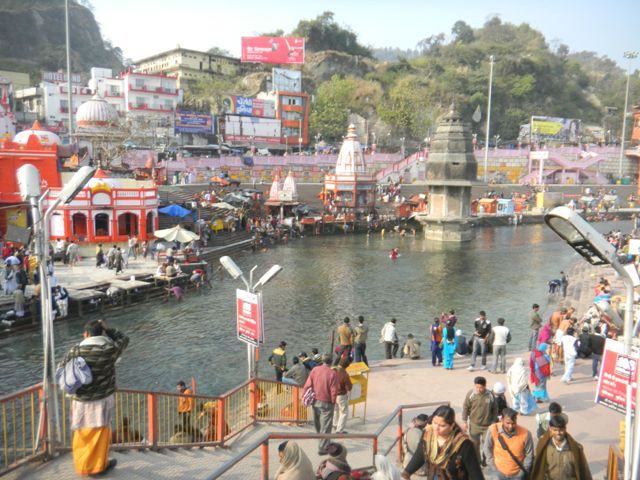Dehradun : A lot of hue and cry has been made on keeping the Ganga clean. Despite spending an estimates Rs 2000 crores under the Ganga Action Plan –I and II, the sewage treatment capacity and other pollution abatement infrastructure along the Ganga remains woefully inadequate.
The Uttarakhand High Court recently issued directions to the state government to ensure that water from a public toilet being constructed along the river bank does not go into the river in a bid to maintain its cleanliness, and has also directed that all nullahs flowing into the Ganga be tapped to ensure that the river remains clean.
But in contrast untreated sewerage of the townships along the river upstream of Haridwar are dumped into the river. The state government has yet to out up the sewerage treatment plants for which it has received the required funds.
The Haridwar administration also uses to boast that they are no nullahs carrying dirty water and sewerage that are being dumped into the river.
Earlier because of the river being in full flow the nullahs being dumped into the Ganga could not be made out, but now with the flow of the Ganga Canal having been diverted for its cleansing the hollow claims of the Haridwar authorities have been exposed.
It is now being seen that atleast four nullahs carrying human waste, filth and dirt are flowing into the Ganga at Haridwar, and one of them happens to be just a few metres before Har-ki-Pauri, considered to be the most auspicious ghat along the stretch of the river in Harudwar, where lakhs take a dip on an auspicious day for bathing.
This is not all. Right from Khanna Nagar to Jwalapur at a number of places drainage systems of the localities are dumping their untreated waste into the Ganga. What is appalling is that the drainage systems carry the entire waste of sewerage systems of hotels, daharamshalas and shops into the river.
Apparently this is not all. As per a survey conducted by the environmental sciences department of Gurukul Kangri University, Haridwar it was found that each pilgrim coming for a bath during the auspicious bathing days leaves behind 500 to 650 gms of waste and garbage in the ghats of the holy city, which eventually finds its way into the Ganga.
Recently during the Somwati Amawasya, it is presumed that about 20 lakh people came to the holy city for a dip into the Ganga and it is being calculated that they left behind about 1000 tons of waste in the form of polythene bags, ‘diyas’, dhoop battis and agar batti remains and ofcourse flowers, most of which eventually went into the river.
Meanwhile on being asked despite the orders of the High Court how was the waste being discharged into the Ganga, the executive engineer, Jal Sansthan said that the Junior Engineer has been asked to conduct an enquiry of the places where the sewerages are dumped into the river and submit a report.
However, he hastened to add that when the Ganga canal was handed over to the department, the local unit of the pollution control department had categorically said that no sewerage water is being dumped into the river.
Photos: Ravinder Makhaik
A journalist with over 40 years of experience, Jagdish Bhatt was Editor, Hill Post (Uttarakhand).
Jagdish had worked with India’s leading English dailies, which include Times of India, Indian Express, Pioneer and several other reputed publications. A highly acclaimed journalist, he was a recipient of many awards
Jagdish Bhatt, aged 72, breathed his last on 28th August 2021 at his Dehradun residence.





